3 Reasons You Might Be Cramping: A Practical Breakdown
By Luc Mahler, Chiropractor
Muscle cramps can feel like they come out of nowhere. You’re working out, standing at your desk, or even resting—and then suddenly, the muscle locks up and you’re scrambling to stretch it out.
The truth is, cramps aren’t random. There’s usually a reason behind them. I see this a lot in clinic—people get frustrated or worried about cramping, but most of the time, it’s your body sending a clear message.
Let’s break down three of the most common reasons you might be cramping: dehydration, fatigue, and injury.
1. Dehydration: Your Body’s Early Warning System
Dehydration is a common and often overlooked cause of cramping.
When you’re low on fluids—especially electrolytes—your muscle cells don’t have the right environment to function properly. It’s like trying to run a car without oil. The parts still move, but they grind, misfire, and eventually seize up.
It’s not always just about water. Sometimes you’re drinking plenty, but not replacing sodium, potassium, magnesium—the electrolytes you lose when you sweat.
Quick check:
Do cramps show up after being outside in the heat?
Is your urine darker than a light lemonade color?
Are you also feeling dry-mouthed, lightheaded, or dealing with a headache?
If so:
Start sipping water throughout the day, especially when training or working in the heat. Adding a pinch of salt or an electrolyte tab can help if you’re sweating a lot. Small, steady sips work better than chugging large amounts at once.
2. Fatigue: The Overworked Muscle
Muscle fatigue is another major cause of cramping.
When a muscle gets tired, it loses coordination. Firing patterns break down, and the muscle responds by locking up. This is common in endurance athletes, people returning to exercise after time off, or anyone stacking intense workouts without enough rest.
Common signs:
Cramps show up later in a workout, not right at the start
The muscle feels weak or twitchy after the cramp releases
Training load has increased without enough recovery
What helps:
Respect recovery. Cramping often isn’t about pushing harder—it’s about giving your body time to rebuild. Rest days, quality sleep, proper fueling, and balanced training make a huge difference here.
3. Injury: The Body’s Built-In Guardrail
Sometimes cramping is linked to injury.
Your body can trigger a cramp to protect a muscle that’s been strained or over-stressed. It’s a bit of a protective reflex, like your system trying to lock down the area to prevent further damage.
When injury might be involved:
The cramp always shows up in the same muscle group
There’s lingering soreness, tightness, or weakness after the cramp fades
Cramping started after a specific movement, tweak, or strain
What to do:
When cramping keeps showing up in the same place, or is paired with other signs of injury, it’s time to pause and get assessed. A physiotherapist or chiropractor at the Movement Co. can help figure out what’s really going on and keep you from unintentionally making it worse.
Final Thoughts: Listen to the Cramp
Cramps are uncomfortable, but they aren’t random. They’re your body giving you feedback.
Sometimes they’re asking for better hydration. Sometimes they’re signaling fatigue. Sometimes they’re pointing to an injury that needs attention.
The key is to listen and respond early. Small, steady adjustments to your training, recovery, and hydration habits can make a big difference.
